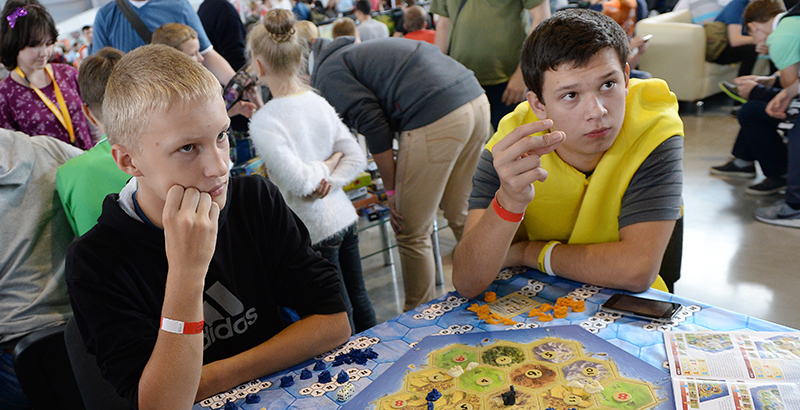Why Board Games Can Be the Best Way to Teach Tricky Subjects - and Immerse Students in History
The 74:
Fictional stories are powerful tools for inspiring a love of real history. A child who identifies closely with the hero of a made-up tale will long to inhabit the hero’s historical milieu — a longing that can express itself not only in imaginary short-term play, but also as long-term interest in the underlying subject. He or she may also identify with characters in stories such as Uncle Tom’s Cabin, Schindler’s List, Amistad, Philadelphia or To Kill a Mockingbird and thereby internalize the issues of good, evil and injustice that pervaded the eras and societies in which they were set.
But from an educator’s point of view, this established form of storytelling has limitations. Books and movies such as these tend to follow predictable story arcs, dividing characters into simple categories of good and evil. The moral stakes embedded in the plot are clear and unambiguous.
Not all of history can be fairly captured in this way. This is where board games can serve as a valuable educational tool: By leveraging a child’s naturally competitive instincts, they help solve the problem of how to imbue students with a sense of personal immersion in history — and even a personal investment in a particular historical outcome — even when the underlying context lacks the well-defined moral contours and personal drama that mark character-driven narratives.
